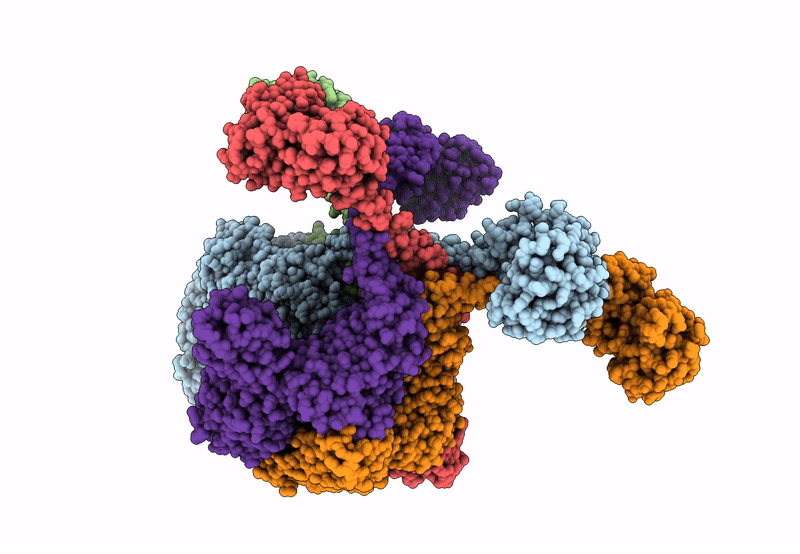
Deposition Date
2022-08-03
Release Date
2023-10-25
Last Version Date
2023-11-29
Entry Detail
PDB ID:
7YPH
Keywords:
Title:
Open-spiral pentamer of the substrate-free Lon protease with a Y224S mutation
Biological Source:
Source Organism:
Meiothermus taiwanensis (Taxon ID: 172827)
Host Organism:
Method Details:
Experimental Method:
Resolution:
3.68 Å
Aggregation State:
PARTICLE
Reconstruction Method:
SINGLE PARTICLE


